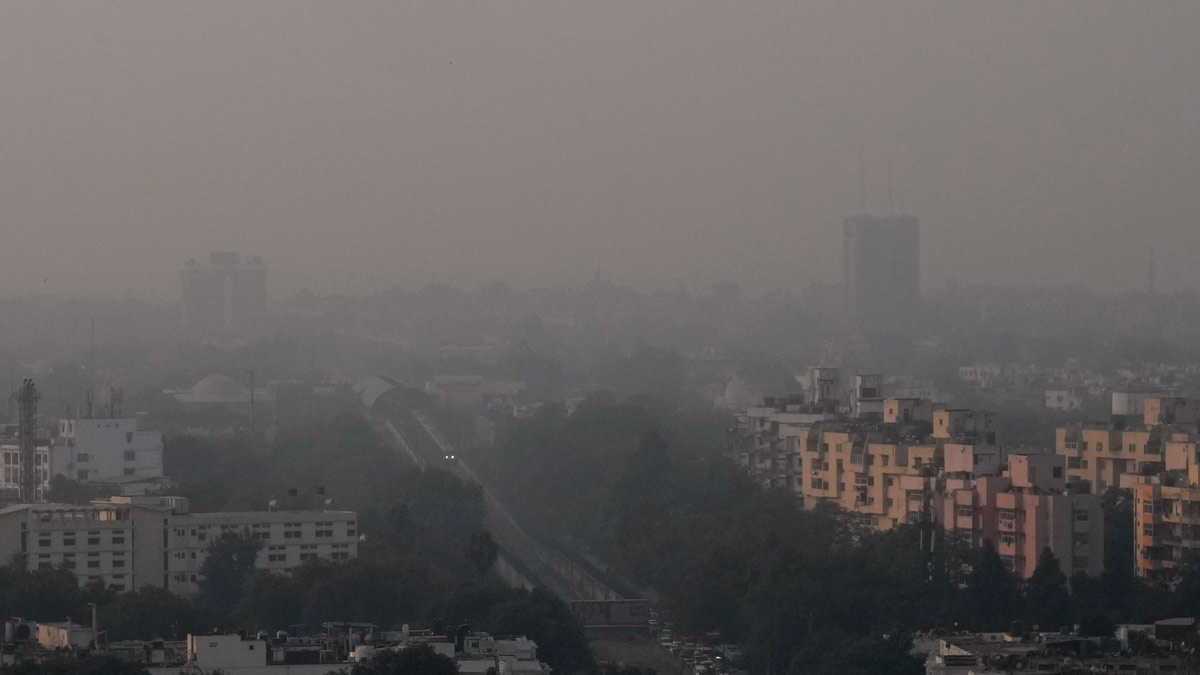The national capital has to wait for divine intervention from the skies, in the form of rain, to curb its pollution. Artificial rain through cloud seeding is not practical in Delhi.
Specifically, Delhi lacks the required cloud conditions during its cold and dry winter months which are needed for effective cloud seeding to cause rain. This renders the proposal to induce artificial rain ineffective.
Also read | Delhi’s AQI drops below 200-mark, air quality in ‘moderate’ range
“Moreover, even if the suitable clouds were present, the dry atmospheric layer beneath them could cause any developed precipitation to evaporate before reaching the surface. Additionally, concerns about the uncertainties, efficacy, and, potential adverse effects of cloud seeding chemicals remain,” the government’s key bodies like the India Meteorological Department, Commission for Air Quality Management in NCR and Adjoining areas (CAQM) and Central Pollution Control Board (CPCB) said in their joint opinion.
The expert opinion was sought by the Union Environment Ministry from these bodies following a request from the Delhi government to go for artificial rain to clear the toxic air in the national capital.
The government bodies argued that winter clouds in the region are primarily formed due to Western Disturbances (WD), which are short-lived and travel from West to East.
“When low clouds form due to WDs, they typically result in natural rainfall over Northwest India, eliminating the need for cloud seeding. High-altitude clouds, which are typically at elevations above 5-6 km, cannot be seeded due to aircraft limitations. Furthermore, effective cloud seeding requires specific cloud conditions, which are generally absent during Delhi’s cold and dry winter months.”
Also read | Delhi chokes under severe pollution; low visibility procedures imposed in airport
This information was given by Union Minister of State for Environment, Forest and Climate Change Kirti Vardhan Singh in a written reply in the Rajya Sabha.
Minister said four letters were received from Gopal Rai, Delhi’s Minister for Environment, for considering cloud seeding as an emergency measure to improve air quality in Delhi during the winter months.
The environment ministry after getting the expert opinion shared it with the Delhi government. Even the Delhi Pollution Control Committee was asked to submit a more detailed and specific proposal, which can then be evaluated.
CAQM even convened a meeting with concerned stakeholders and experts to explore the feasibility of cloud seeding in tackling the air pollution crisis in Delhi.
The parliament reply said that the air pollution in Delhi and NCR was a collective result of multiple factors including high level of anthropogenic activities in the high-density populated areas in NCR, arising from various sectors like vehicular pollution, industrial pollution, dust from construction and demolition activities, road and open areas dust, biomass burning, municipal solid waste burning, fires in landfills and air pollution from dispersed sources.
“During post-monsoon and winter months, lower temperature, lower mixing heights, inversion conditions and stagnant winds lead to trapping of the pollutants resulting in high pollution in the region. This is further aggravated due to the emissions from episodic events like stubble burning, and firecrackers,” Kirti Vardhan Singh said.
Also read
- BJP earns money when in power; not finding candidates for Delhi Assembly polls: Atishi
- Delhi Assembly polls: Can BJP breach AAP's fort in the national capital?
- Delhi Assembly polls: Congress announces Jeevan Raksha Yojana; promises ₹25 lakh health insurance
- Delhi Assembly election dates: Polling on February 5, counting on February 8. Details here



